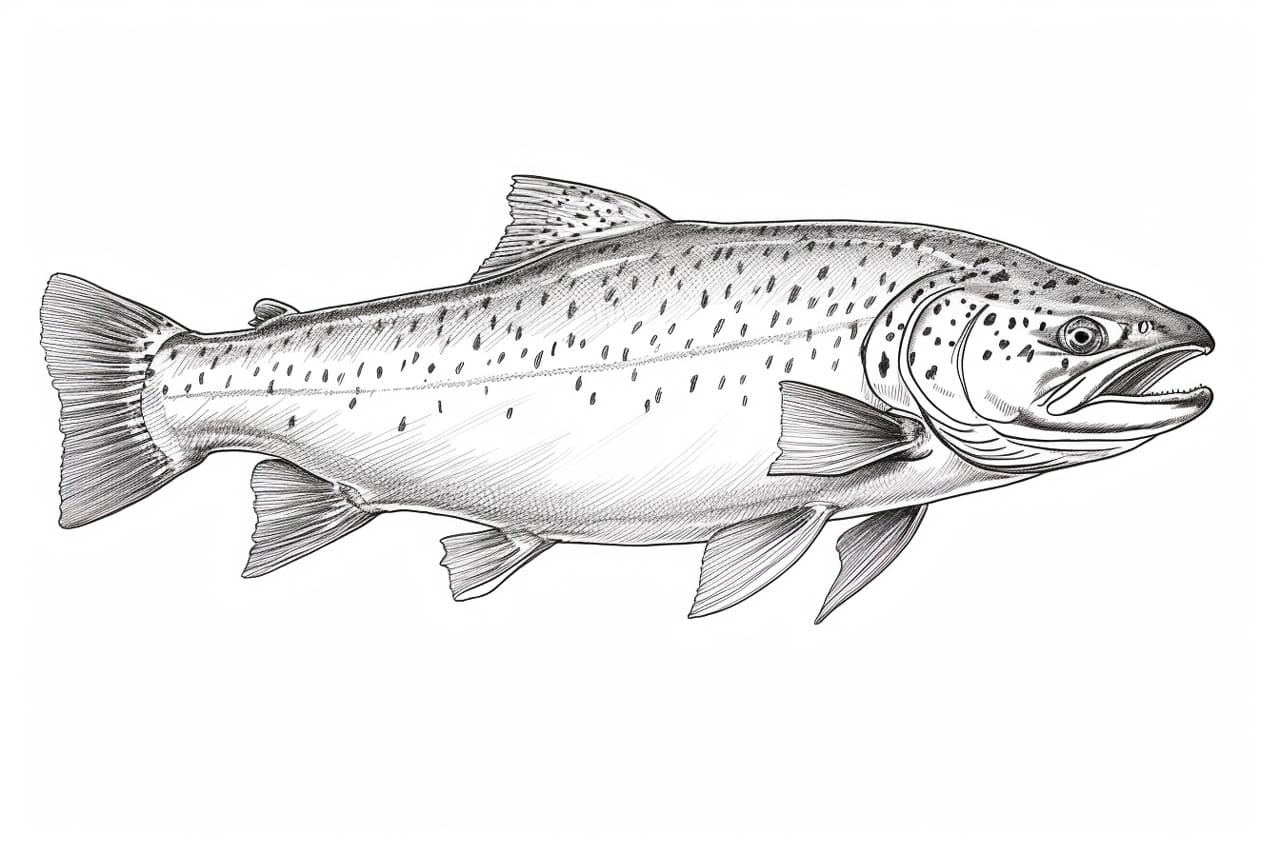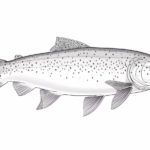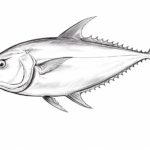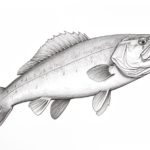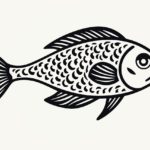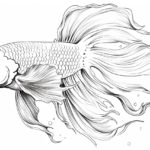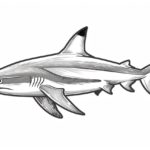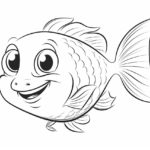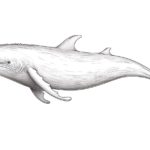Trout are beautiful and graceful fish that are often admired for their vibrant colors and distinctive markings. Drawing a trout can be a rewarding experience, allowing you to capture the intricate details and unique characteristics of this remarkable creature. In this step-by-step guide, I will walk you through the process of how to draw a trout, from creating a basic outline to adding the final touches. So grab your sketch pad and let’s get started!
Materials Required:
Before we begin, make sure you have the following materials:
- Sketch paper or drawing pad
- Pencils of varying hardness (2B, 4B, and 6B)
- Eraser
- Blending stump or paper towel
- Fine-tipped ink pen (optional)
Now that you have your materials ready, let’s dive into the exciting world of trout drawing!
Step 1: Start with Basic Shapes
Begin by lightly sketching the basic shapes that make up the trout’s body. Start with an oval shape for the body and a smaller oval for the head. These shapes will serve as a guide for the overall proportions of your trout. Don’t worry about making them perfect at this stage – we’ll refine them later.
Step 2: Outline the Body and Head
Using the basic shapes as a guide, outline the trout’s body and head. Pay close attention to the curves and contours, as they will give your drawing a more realistic look. Remember to keep your lines light and loose, as we’ll be refining them in later steps.
Step 3: Add Fins and Tail
Next, add the fins and tail to your trout. Start with the dorsal (back) fin, which is located on the top of the trout’s body. Then, add the pectoral (side) fins and the anal (bottom) fin. Finally, draw the caudal (tail) fin, paying attention to its shape and symmetry. Fins should be thin and slightly pointed.
Step 4: Sketch the Eye and Mouth
Now it’s time to add some personality to your trout by drawing its eye and mouth. Start with the eye, which is generally located towards the front of the head. Add a small circle for the iris and a curved line above it to indicate the eyelid. Then, sketch the mouth using a curved line that starts near the eye and slopes downward towards the bottom of the head.
Step 5: Refine the Outline
With the basic structure of your trout in place, it’s time to refine the outline and add more detail. Use a darker pencil (4B or 6B) to go over the initial lines, making them bolder and more defined. Pay attention to the curves and contours of the trout’s body, making sure to capture its sleek shape.
Step 6: Add Scales and Details
Trout are known for their beautiful scales, so let’s add them to our drawing. Start by lightly sketching a line that runs along the trout’s body, following its contours. Then, using short, curved lines, add the individual scales. Remember that the scales closer to the head should be smaller, while those towards the tail should be larger.
Step 7: Shade and Texture
Now it’s time to add shading and texture to your trout drawing, giving it depth and dimension. Begin by identifying the light source, which will determine the areas of light and shadow. Using a softer pencil (4B or 6B), gently shade the darker areas of your trout, such as the underside and the areas around the fins. Then, use a blending stump or paper towel to blend and smooth out the shading, creating a more realistic effect.
Step 8: Final Touches
To bring your trout drawing to life, add some final touches and details. Use a fine-tipped ink pen or a darker pencil to outline the major features of your trout, such as the fins, scales, and facial features. This will make your drawing more defined and polished. Don’t be afraid to experiment and add your own creative touches to make your trout unique!
Conclusion
Drawing a trout may seem challenging at first, but with practice and patience, you can create a stunning and lifelike representation of this captivating fish. By following the step-by-step instructions outlined in this guide, you’ll be able to capture the beauty and grace of a trout on paper. So grab your pencils and sketch pad, and let your creativity flow!

